Figures & data
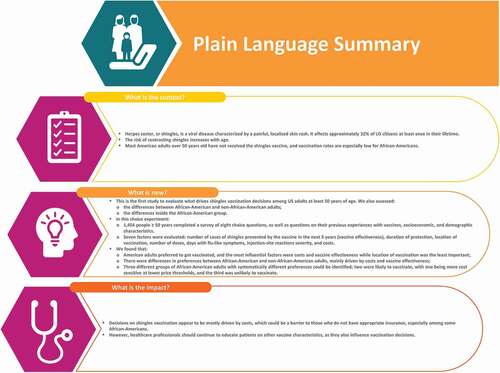
Table 1. Attributes and levels for the DCE
Figure 1. Sample DCE question from the high-baseline-risk (aged ≥ 65 years, Medicare population) version
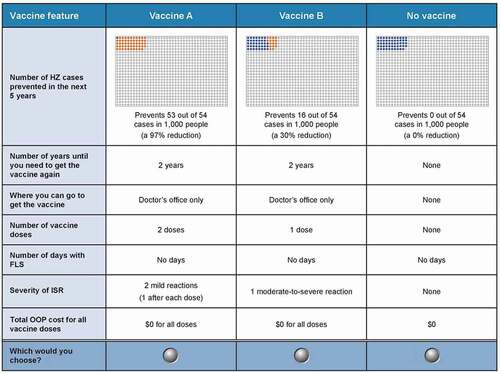
Table 2. Respondent characteristics (N = 1,454)
Figure 2. Preference weights and conditional relative importance of attributes of HZ vaccines for the full sample (N = 1,454)
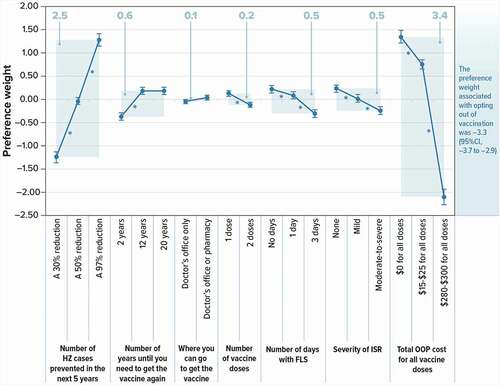
Figure 3. Conditional relative importance weights of attributes of HZ vaccines for African-American subgroups
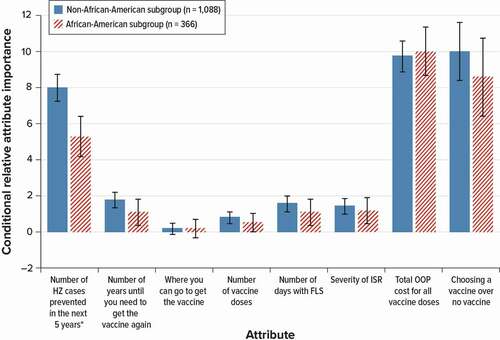
Figure 4. Conditional relative importance weights of attributes of HZ vaccines for latent groups within the African-American subgroup (N = 366)
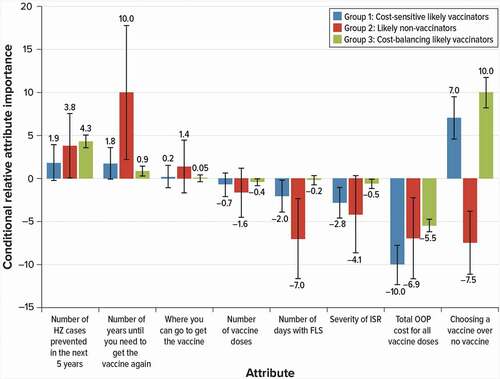
Figure 5. Predicted choice probabilities or uptake for HZ vaccines with different attributes among latent groups within the African-American subgroup (N = 366)
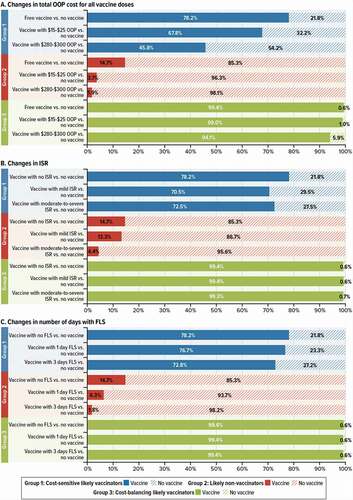
Table 3. Frequency of responses to the second dose compliance questions for the full sample (N = 1,454)
